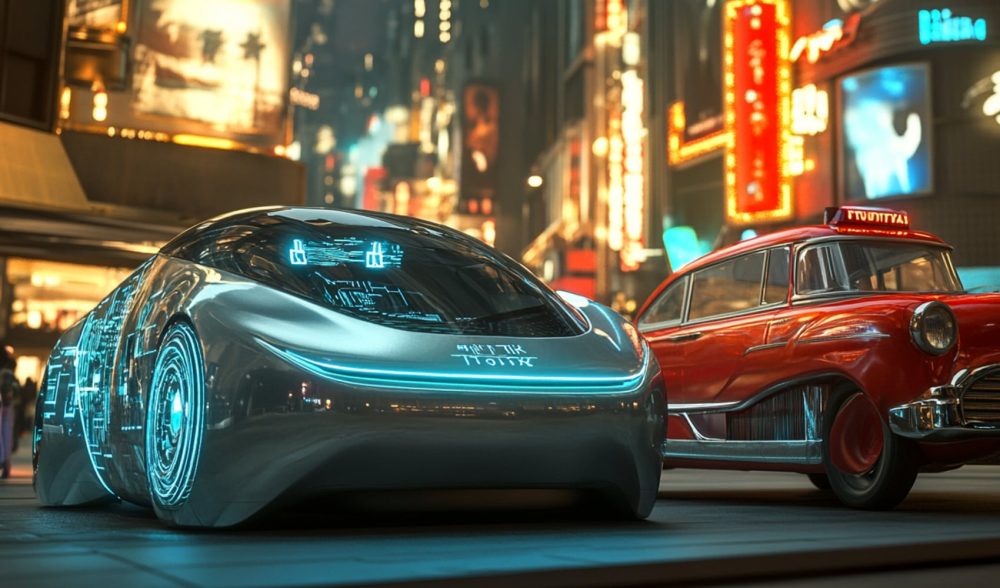A car with four wheels, doors on either side, windows front and back—This design has long been regarded as a given, hasn’t it?
Perhaps no longer, for the AI era has arrived.
Picture this: a new breed of autonomous taxi rolls into existence. No transparent windshield graces its front; instead, a seamless expanse of metal—or some sturdier, integrated safety material—defines its face. Inside, passengers encounter not the open road but a sprawling digital screen. They can toggle between live feeds of the world outside or curated video streams, or even switch the display off entirely. Side windows linger, offering a glimpse of reality, but the vehicle—like Tesla’s CyberCab—drives itself, devoid of a steering wheel.
In the era of autonomy, the automobile transcends its mechanical roots to become an AI-powered agent—a robot on wheels. For drivers, the steering wheel and windshield once seemed axiomatic, a natural extension of control. Yet from the passenger’s perch, these relics feel not just superfluous but uncanny, even unsettling. The paradox? Cars have long been built by drivers, for drivers.
Innovation, by its nature, disrupts the familiar. People instinctively push back against the new—technologies that upend their mental models often meet resistance. But the inertia cuts both ways: developers, too, can be shackled by their own entrenched assumptions, stifling the very breakthroughs they seek to achieve. Thus, innovation is not merely a technical challenge; it contends with a dual headwind of tradition and calcified thinking.
For AI product managers, the path forward demands a delicate balance: technology must leap ahead, while user experience design takes a thoughtful step back.

